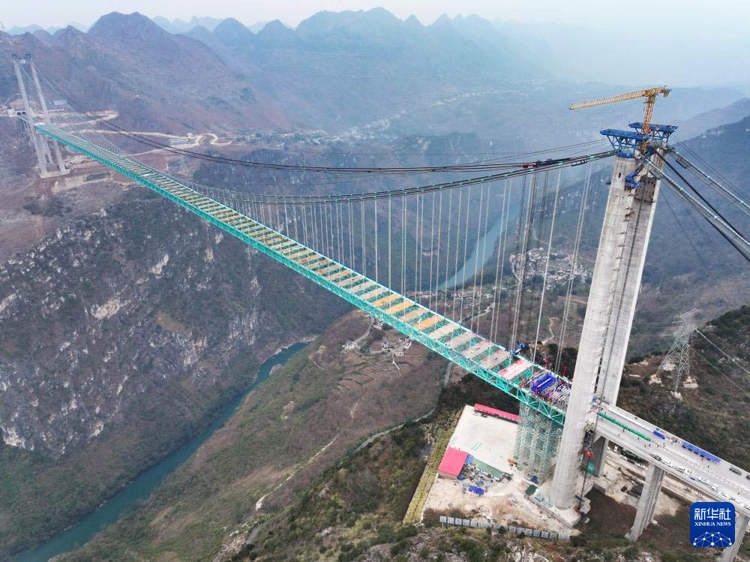When Austrian designer Robert Kalina came up with the design for Euro banknotes in 2002, he deliberately created fictional bridges that represent European architecture in general. The bridges can be recognised as having originated in various periods of European history, such as the Roman period, the Gothic period, the Renaissance, and contemporary 20th century architecture. This was supposed to be a good way to keep things generic and not favor any particular member country in the EU.
But with his latest stunt, Dutch architect Robin Stam has turned the idea on its head. “The European Bank didn’t want to use real bridges so I thought it would be funny to claim the bridges and make them real,” he explained. So he went and built all the bridges exactly as seen on the paper money, according to color and scale
When the local council responsible for constructing a new housing development in Spijkenisse, a suburb in Rotterdam, heard about Stam’s idea they immediately approached him about making it a reality. He then supervised the construction of seven pedestrian bridges – all exact replicas of the ones found on banknotes ranging from 200 euro to 50 euro.
Stam poured dyed concrete into custom-made wooden moulds to achieve the exact color, crop and shape. “I wanted to give the bridges an exaggerated theatrical appearance – like a stage set,” he said. “My bridges were slightly more expensive but (the council) saw it as a good promotional opportunity so they allocated some extra budget to produce them,” he said.
The bridges are now being used by local pedestrians and cyclists, who seem to be divided in their opinion. “Some people’s initial impression is that the bridges are ugly but when they find out the story behind them they find it really funny,” Stam said.
Photos: Robin Stam
via Designboom



























